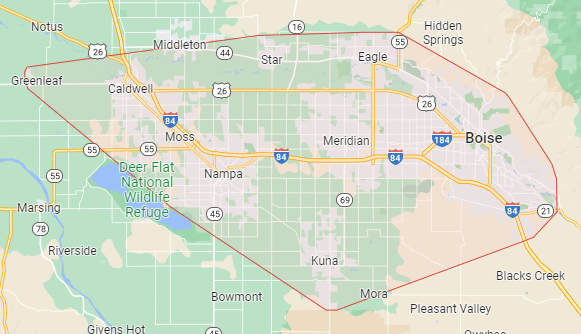Should You Repair Or Replace Windshield?
If you have a cracked or chipped windshield, don’t ignore it. Even small cracks can spread quickly and affect your car’s performance.
Replacing a windshield is not a job for an amateur. You will need a car with a functioning spare tire and access to a garage or paved surface. Read on for some ideas.
Removing the Old Windshield
Your windshield is one of your car’s most important safety features, so it’s important to keep it in good condition. If your windshield is cracked or chipped, it needs to be repaired or replaced. There are a few factors that go into determining whether a windshield can be repaired or must be replaced, including the size, depth, and location of the damage.
Unlike quarter glass, which is usually held in place by clips, the modern windshield is glued into place. This is because modern cars use tempered glass. This type of glass breaks into granular fragments when broken, rather than shattering.
To replace a windshield, you’ll need to remove the rearview mirror, wiper blades, and plastic molding around the perimeter. You’ll also need to cut the urethane seal. It’s recommended to apply a primer before you cut the urethane, as it can help prevent scratches on the metal frame. The primer will also ensure that the urethane adheres better and prevent leaks.
Cleaning the Pinch Weld
A pinch weld is a gap between your car’s frame and the windshield. This is an area where different metal components are welded to provide structure and hold the glass in place. Over time dirt can build up in the pinch weld, so it needs to be cleaned. This is not only for hygiene purposes but also to make sure the new windscreen fits perfectly and that the pinch weld will adequately hold it.
After cleaning, urethane is applied to the edges of the pinch weld. This is like glue that will help keep the new glass in place. It’s important that the urethane is evenly applied, but it’s also important that the experts move quickly so that the windshield can be installed before the urethane begins to set.
The new windshield is then pushed into place, typically using bars and suction cups, and held in place for several minutes while the urethane sets around it. Once it’s done setting, the suction cups are removed and the vehicle can be driven.
Applying Urethane
We use a fast-curing urethane to bond the new windshield and keep it from slipping loose. It is a medium-viscosity, single-component polyurethane adhesive designed for windshield bonding and stationary glass attachment. It is formulated to produce high bond strength and low sag properties.
It is important to not over-apply the urethane or it can drip down the front of the window and be visible from the interior of the car. It is also helpful to use a wide tip and apply the urethane in long, even strokes, overlapping each stroke for an even coat. Catch any pools, drips, or runs and incorporate them into the even coat.
After the urethane has cured, remove any tape used to secure the new windshield and set the molding back in place. Be sure to leave the car in a consistent temperature environment for at least one hour before driving. Spar urethane, which provides additional protection against changing environmental conditions like humidity and the sun’s UV rays is available from most hardware stores.
Installing the New Windshield
If you don’t want to take a day off work or risk damaging your car in the process, some repair shops offer mobile windshield replacement. This means the technician will come to your home or workplace and fix the windshield on-site, saving you time.
It’s important to know that these services don’t include the cost of a new windshield, which you will need to purchase separately. Also, not all windshields are the same. Some cheap windshields may cause optical distortion that can distract the driver and even cause an accident.
After removing the old windshield, it’s important to clean the pinch weld and prepare it for the new glass. This step is often skipped by technicians and is very important for a proper installation. When the pinch weld is dirty, it can reduce the adhesion between the urethane and the windshield. This can lead to leaks and air noise. Moreover, it can even prevent the airbags from deploying in an accident. Click here for more interesting articles.


